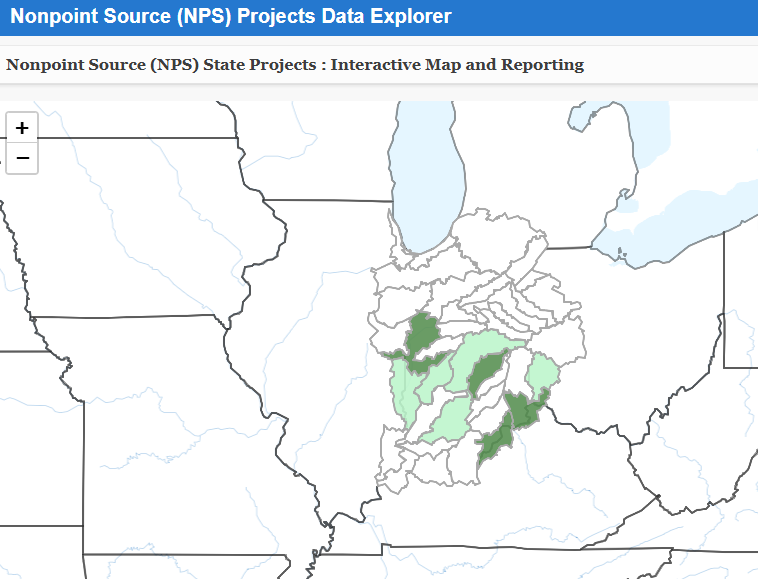Across the country, communities are working to clean waterways where pollution has occurred from pollutants being picked up during rainfall or snow events and carried to larger bodies of water. This is referred to as “nonpoint source pollution” and has an Environmental Protection Agency (EPA) program devoted specifically to this type of pollution.
As part of the program, communities can submit stories of their efforts to address nonpoint source pollution in specific areas. In 2025, the Indiana Department of Environmental Management (IDEM) submitted 7 stories of water quality improvement, far surpassing other states. The project were in various parts of the state and many addressed runoff in agricultural areas.
Examples of Indiana’s projects include remediation and management efforts to remove Rock Creek’s biotic community impairment as well as a local, state, and federal collaboration at Elliot Ditch to reduce nutrients and sediment due to agriculture.
The projects need to demonstrate known impairment with a measurable water quality improvement or a pollution threat prevented to be included as a case study in the EPA’s Nonpoint Source (NPS) Projects Data Explorer. IDEM Watershed Planning and Restoration Section Chief Caleb Rennake commented on the tough nature of these projects and the multi-agency efforts needed, “These projects are especially challenging because there are multiple impacts to water quality, usually from several sources,” said Rennake. “Federal grants, guidance from IDEM, and the dedication of Indiana farmers, watershed groups, and local leaders make these Success Stories happen.”

While these are documented projects, all local residents and businesses can participate in pollution prevention efforts by understanding best practices for waste disposal and chemical handling in their day to day activities.
For more information about Indiana’s efforts, view the September 22, 2025 Press Release from IDEM.
